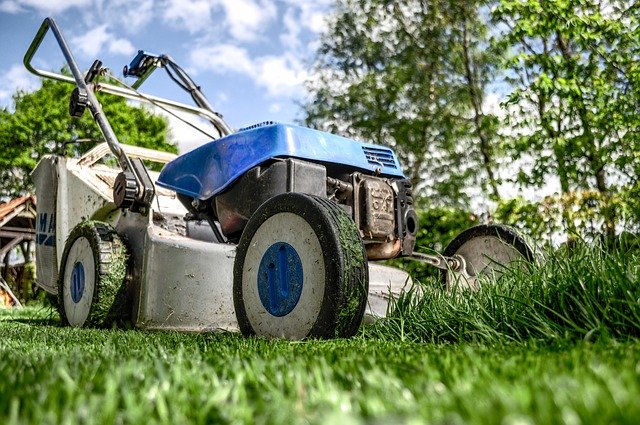Whether you’re creating a new lawn or revamping an existing lawn, choosing high-quality lawn seeds is important!
A lush, well-kept lawn does more than just make your house look better. By purchasing grass seeds, you may lower soil erosion, absorb rainwater, provide groundwater filtration, and enhance air quality.
But how can you buy seeds that are worth your money and lawn?
In this post, we’ll discuss tips to buy lawn seed that caters to your needs and budget.
- Choose a Grass Suited to Your Lifestyle
At specific seasons of the year, some grasses require more watering and attention than others. The majority of cool-season grasses will need regular watering throughout the hot summer months to prevent browning or death. In contrast, many warm-season types of grasses require less upkeep but have larger leaves that appear less fine. It’s crucial to think about how you want your chosen grass to feel and appear.
- Wear and Tear
How much foot traffic or wear and tear is expected of your lawn is what is meant by “traffic.”
Making the best choice when choosing a grass seed involves taking the variety’s or species’ hardiness into account.
Why? Because doing so ensures that you’ll pick a kind that won’t dry out or develop brown, uneven areas under specific circumstances. Additionally, you won’t pick a grass seed that is too rough, fragile, or itchy for the task at hand.
When choosing grass seed, take the time to think about what you’ll be doing on your lawn.
- Choose Between Grass Seed or Ready-Roll
When trying to fully revitalize their lawns, many homeowners will consider ready-roll grass.
However, deciding whether to use grass seed or ready-roll sod depends on many different criteria, including how quickly you need a result and how much effort you’re willing to devote to managing the germination. Your willingness to spend money is another factor.
First, think about how your site is used: Will you be exercising or playing sports on your lawn? Do you have a lot of trees on the property and will you have access to water it every day?
- Don’t Overlook Your Site Size
The type of seed and the quantity of seed required to grow a healthy lawn are greatly influenced by the size of a lot. Turfgrass seeds work best on larger sites with tighter budgets.
A pure living seed (PLS) percentage is another indicator of whether you’re obtaining a quality package of seeds. This calculator determines whether a price reduction on seeding is a good deal or not.
PLS is computed by multiplying the “pure” seed percentage (found on the variety label) by the percentage of germination. Then, divide the result by 100.
- Seeding Sloping Sites
A brief word regarding the use of grass seed on sloping slopes. On sloping or hilly areas of their land, many homeowners choose ready-roll because they are worried that rain and soil erosion may wash the seeds away.
If you’re determined on grass seeds, this is a valid worry that can be readily allayed. It will play a major role in preventing soil erosion while enhancing your soil health.
- Consider Ample Sunlight
Examine the region where you are sowing. Is there a strong sun? Think about how much sunlight is shining in the region. Look for a kind or combination that is suitable for restricted sunlight if there is some shade. Many warm-season types of grass, such as Kikuyu and couches, require sunlight to grow, but cool-season fescues can tolerate shade.
Conclusion
You can choose the right sort of seed for your lawn and the appropriate quantity by answering these questions.
Related Posts: